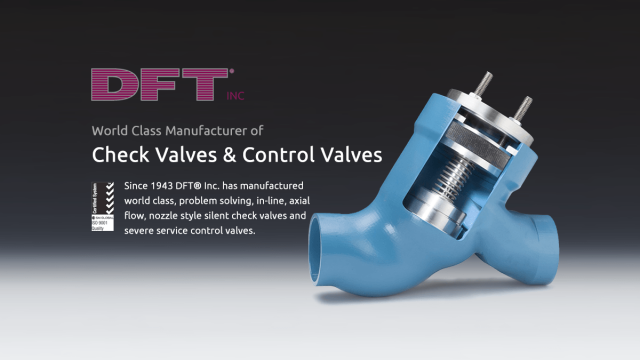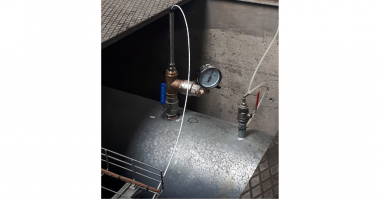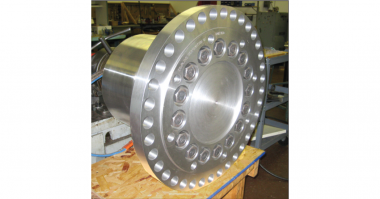Compressors and pumps are used by many to safely and efficiently transport fluids throughout their facilities. This equipment appears in pharmaceutical, petrochemical, power generation, food and beverage applications as well as throughout the manufacturing sector.
The size and output of a pump or a compressor varies depending on the fluid that it handles as well as the amount of power required to move the media. For this reason, pumps and compressors range in size from small devices to large industrial equipment. However, a few commonalities exist across all pumps that make diagnosing problems in these systems easier for facility managers.
Let’s explore a few of the most prevalent issues encountered by pump and compressor owners in addition to some strategies on how to overcome these issues.
Problems That Can Arise
Pumps are very loud when they operate, which means that they’re commonly housed in separate rooms within the facility. Pump rooms are often small in size, meaning that very little space exists between valves, fittings, and piping. This creates tight operating conditions for maintenance personnel, and it also means that any problem with the equipment can have cascading effects.
In multiple pump systems that share a common header, the sudden cessation of one pump can create problems in other parts of the system. This can be compounded by compressors, which generate pressure pulsation that can create excessive wear on valves, fittings, and piping if not properly handled.
Finding a Solution
Many facility owners mitigate these risks by installing axial flow check valves. These valves ensure that fluids flow in only one direction, and tare designed to eliminate back flow.
Axial check valves operate via a disc and spring mechanism that prohibits fluid from reversing its flow direction. When pressure builds up on one side of the disc controlled spring , the disc opens, allowing fluid to flow through the valve. However, when there is not enough pressure on the other side of the spring, the valve stays closed, preventing back flow.
These spring mechanisms reduce the risk of water hammering, which increases the valve’s longevity. Valves of this type also occupy less space than manual valves and other check valves, making them easier to install in crowded environments. Axial check valves can be installed vertically or horizontally, which allows them to be used in a number of different applications.
High-Quality Axial Flow Check Valves from DFT®
Preventing damage to your pumping and compression equipment will save your company thousands of dollars and untold amounts of lost production time. Axial check valves are often the first line of defense against reverse flow damages, and their versatility allows facility production and maintenance managers to find custom solutions to a variety of fluid-handling challenges.
If you would like to speak with our experts to determine the best axial flow check valve for your application, contact us today.





Thanks for sharing such an insightful article on the common problems associated with pumps and compressors.